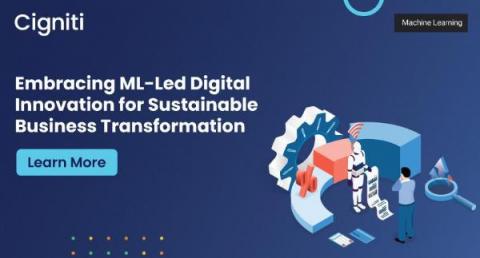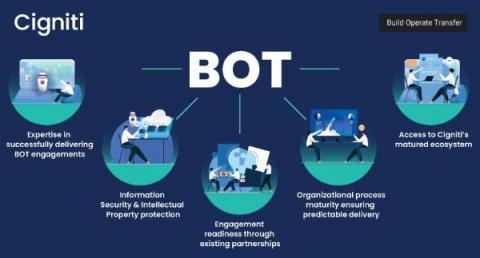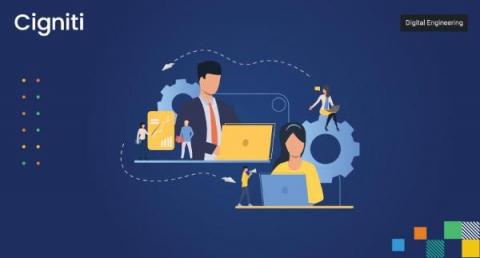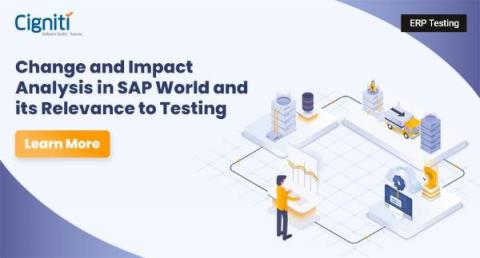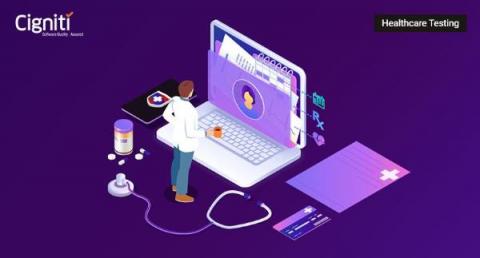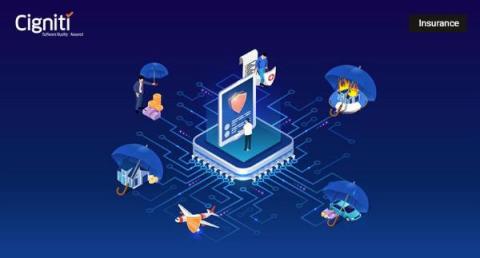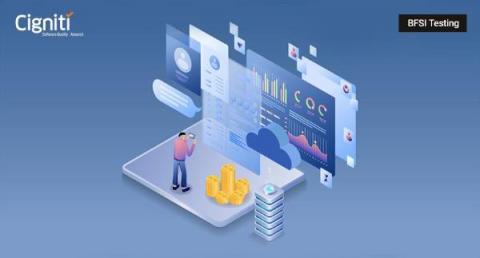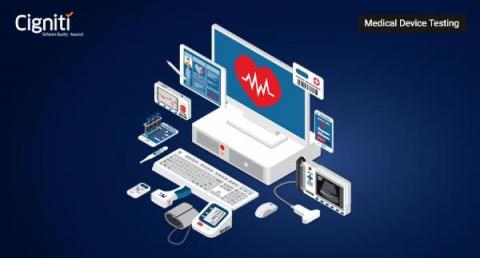Embracing ML-Led Digital Innovation for Sustainable Business Transformation
This has been the center of countless dialogues and debates for decades now. Some believe that institutionalizing innovation means conducting hackathons, investing in research and startups and promoting open office seating, and so on. Others say that innovation is about investing in new technologies like Artificial Intelligence (AI), Machine Learning (ML), Blockchain, Intelligent Automation, or embracing new business models.


